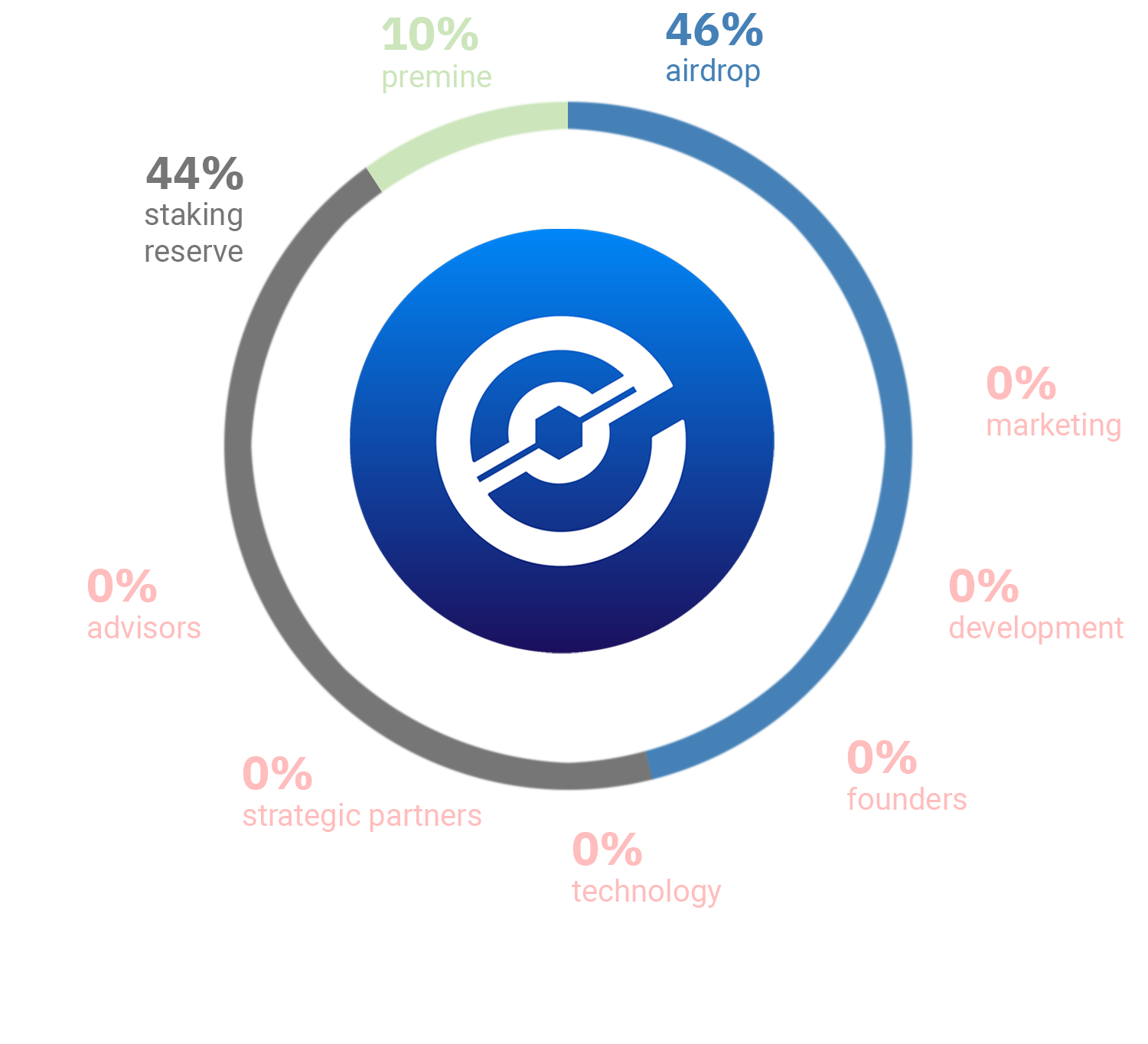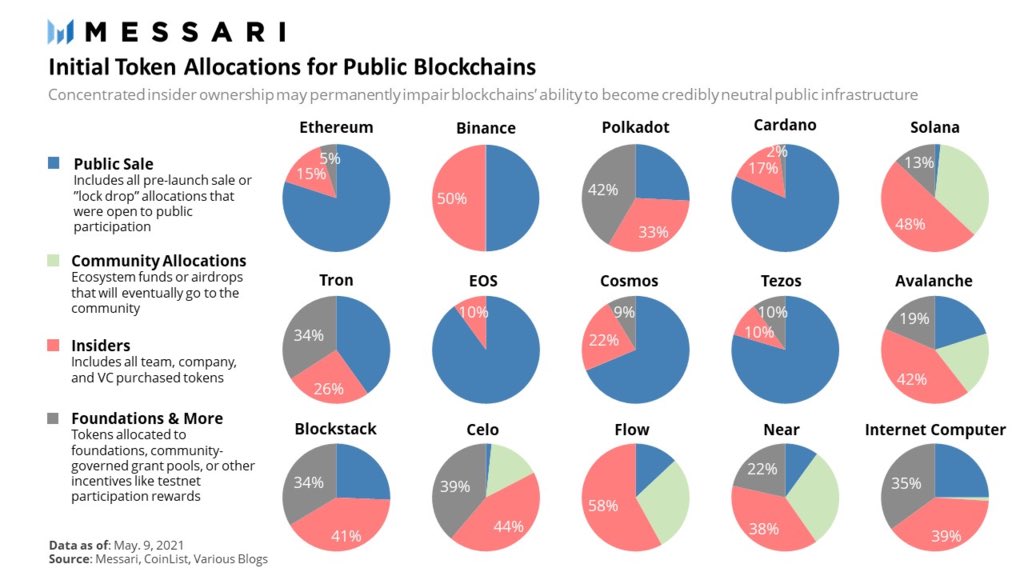Electra Protocol is an open source project, like the majority of other layer-1 blockchains. In contrast to those, Electra Protocol did not perform a public funding through initial coin offering, initial exchange offering, initial dex offering, venture capital, or any other types of public funding (like Bitcoin). The main reason for not raising external money is that Electra Protocol wants to become credibly neutral public infrastructure. As a side effect of being publicly “unfunded”, Electra Protocol might not be regulated as it did not publicly raise funds from investors. All its innovations are driven by volunteers from around the world.
Becoming credibly neutral public infrastructure
How funded crypto projects perform business
The typical “funded” crypto project is performing a public funding in order to cover costs for developments, marketing, sales, and so on. Many well-known blockchain projects, such as Ethereum, Solana, Cardano, Polkadot, etc were created through public funding which attracted excessive investment amounts. In return for money, (early) investors receive stakes in the project.
A typical “funded” crypto project is performing these steps:
- Create a 100% premine.
- Sell ie. 60% of this premine to public/preferred investors.
- Hold the ie. 40% of the remaining premine still.
Using the attracted funds, “funded” crypto projects significantly use investors’ money for the promotion of their products, in order to attract more investors. Electra Protocol is different: Here, the solutions come first, not any investors. Typically crypto projects use the excessive funding “earning” to a large part for marketing and promotion of its blockchain.
Often, “funded” crypto projects also perform coin burns as part of their marketing strategy. Such coin burns take place from the remaining premine while the project already got funded and the initial investors “cashed out”.
How Electra Protocol works
Electra Protocol is a crowdsourced blockchain project, without performing any public funding. As a result, no stakes were given to insiders, and no public funds are available to pay ie. for listing fees on larger exchanges. A typical amount a big exchange is charging is a 6-digit dollar amount for a token/coin to be listed. This makes it naturally harder for a new and “unfunded” crypto project to compete against listing fees of less innovative, but “funded” projects.
100% of all XEP tokens were originally dedicated to public use: 46% of its supply was available via airdrop, 44% were reserved to pay staking rewards, and 10% were kept back for the Electra Foundation to perform administrative tasks on behalf of the community. These 10% are constantly declining, as the premined tokens are sometimes burnt.
From 10% to 6.7%: Premine Is Declining
Electra Protocol is using premine coins only for highly necessary expenses. For example, it does not pay Youtubers etc. for doing marketing. Unused XEP coins are burned every year. As a result, the premine already decreased from 3 billion XEP by around 33% to now 2 billion XEP.
Compare the “Initital Allocation of XEP Tokens” with that of any crypto project of your choice. Almost all crypto projects granted large stakes to insiders during excessive funding rounds (marked in red).
Electra Protocol is a layer-1 blockchain project and did not perform any inititial coin offering, initial dex offering, initial exchange offering, or other kind of public funding like the vast majority of layer-1 blockchains. Instead, all resources are crowdsourced from the growing community of volunteers.
Just like Bitcoin, Electra Protocol has never sought public funds to develop its technology. As a result of this, both crypto projects are believed to not pass the Howey Test used by the U.S. Securities and Exchange Commission (SEC) to classify securities. This means that any cryptoproject passing the test could face regulation by the SEC and potentially in other countries as well.
A well-funded blockchain project often uses income from early investors to pay promotions on Youtube, on Instagram, in magazines, and other channels, in order to again attract more investors. That makes it harder for any unfunded project to compete, even if its technology might be better.




